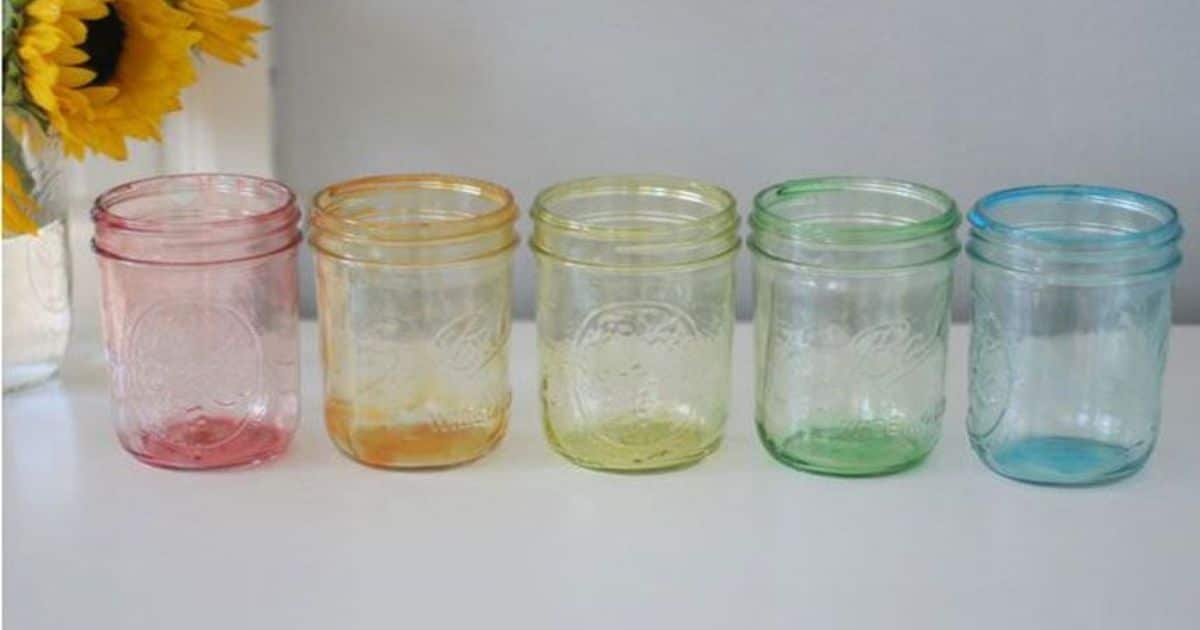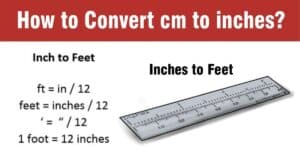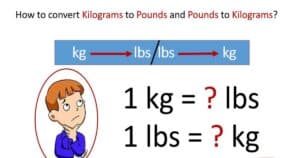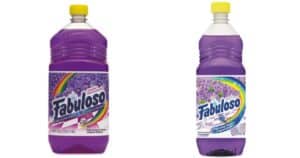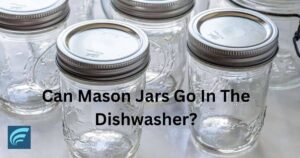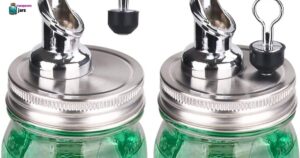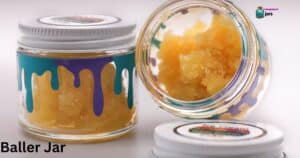A Number 13 Mason jar’s worth depends on its condition, age, and rarity. Older jars in good shape might fetch higher prices, especially if they have unique markings or colors. Some collectors value them for their history and use in preserving food. Prices can vary widely, from a few dollars to hundreds or even more for rare or exceptional pieces.
It hinges on factors like age, condition, and rarity. These jars, used for preserving food, can range in price from a few dollars to potentially hundreds or more. Their unique markings or colors often influence their value. Want to know more about how much is a Number 13 Mason jar worth?
Number 13 Mason jars hold a particular allure among collectors due to their historical significance. The conversation hearts fit in a Mason jar worth varies widely based on factors such as age, condition, and unique characteristics. Some may fetch high prices due to their rarity or distinctive features. Researching their origins and consulting experts can shed light on how much a Number 13 Mason jar is worth in today’s market.
Historical Significance Of Number 13 Mason Jars
Number 13 Mason jars carry a rich historical significance stemming from their role in American households. These jars, produced by the Ball Brothers Glass Manufacturing Company, were widely used for preserving food in the late 1800s and early 1900s. Their airtight seal helped keep food fresh, making them a staple in kitchens across the country.
Beyond their practicality, these jars hold cultural value, representing an era when preserving food was vital for survival. The Ball Brothers’ innovation revolutionized food storage, impacting homemakers and food preservation practices for generations. Today, these jars serve as nostalgic reminders of a bygone era, cherished by collectors for their historical importance and unique design.
Factors Influencing The Value Of Number 13 Mason Jars
The value of Number 13 Mason jars depends on a few key things. First up, age plays a big role. Older jars often fetch higher prices because they’ve been around longer, making them a bit rarer. Then there’s condition, jars in top shape, without chips or cracks, tend to be worth more. Unique features like specific markings or unusual colors can also hike up the value.
Another big factor is the jar’s history. Some jars might have a special story or were part of limited editions, making them more sought after by collectors. Plus, how popular they were back in the day matters too. Jars that were widely used and produced in smaller quantities might be harder to find now, making them more valuable.
| Factors | Description |
| Age | Older jars often hold higher value, especially if they’re in good condition. |
| Condition | Pristine or well-preserved jars tend to be more valuable to collectors. |
| Unique Features | Rare colors, unique markings, or specific characteristics can increase worth. |
| Rarity | Uncommon variations or limited production runs can significantly raise value. |
| Historical Significance | Jars tied to specific historical events or periods might be more sought after. |
Identifying Authentic Number 13 Mason Jars
Authenticating Number 13 Mason jars involves checking specific details. Look for the embossed number 13 on the jar’s base, often near its center. Examine the jar’s overall design, noting the presence of unique characteristics like the type of glass, the lid’s material, and any distinct markings or logos from the original manufacturer. These details can help confirm the jar’s authenticity.
Researching historical records about Number 13 Mason jars and their manufacturers can provide valuable insights. Consult reputable sources or expert collectors’ guides to understand the different variations and markings used over time. Studying these details can significantly aid in identifying genuine Number 13 Mason jars, ensuring you’re dealing with an authentic piece of history.
Market Trends Pricing Of Number 13 Mason Jars
Market trends for Number 13 Mason jars show fluctuations in pricing over time. These jars, sought after by collectors, have seen an upward trend in value due to their historical significance. Older jars in excellent condition often command higher prices, while rare variations or those with unique markings can skyrocket in value.
Factors influencing the pricing of Number 13 Mason jars include their age, condition, and specific features. Auctions, antique shops, and online platforms reflect diverse pricing, ranging from a few dollars for more common pieces to hundreds or even thousands for exceptionally rare or well preserved jars.
Collectors’ Insights Number 13 Mason Jars’ Worth
Collectors treasure Number 13 Mason jars for their rich history and unique characteristics. These jars, used for preserving food, hold a special place in the world of collectibles. The worth of a Number 13 Mason jar can fluctuate based on its age, condition, and specific details like embossing or color variations.
Understanding the value of these jars involves diving into the intricacies of their manufacturing, identifying rare variations, and assessing their overall condition. Factors such as age-related wear, presence of unique markings, and even slight imperfections can affect their worth.
Condition Matters Evaluating Number 13 Mason Jars’ Value
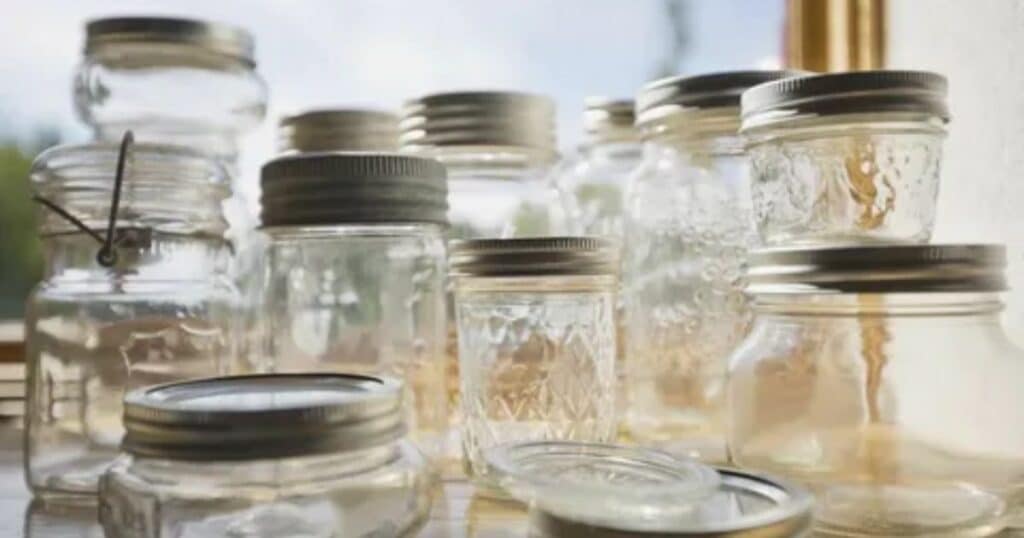
The condition of a Number 13 Mason jar plays a huge role in determining its value. Chips, cracks, or discoloration can lower its worth, while jars in excellent shape command higher prices. Collectors seek jars with clear, readable markings and intact lids.
To evaluate a Number 13 Mason jar, examine it closely. Look for any damage, check the lid’s condition, and note any unique features. A jar in pristine condition can significantly raise its value, making it a sought-after piece for collectors.
Rare Variants And Their Impact On Number 13 Mason Jar Prices
Rare versions of Number 13 Mason jars can significantly affect their prices. These unique variants might feature unusual colors, distinct markings, or specific production errors. Collectors often seek these rarities, driving up their value in the market. Even minor differences in design or features can lead to higher demand and subsequently higher prices.
The impact of these rare variants on Number 13 Mason jar prices is striking. Some collectors eagerly hunt for these exceptional jars, willing to pay top dollar for their scarcity. The more distinct or unusual the variant, the more it can escalate the jar’s value, turning it into a sought-after treasure among enthusiasts and collectors alike.
Preservation Techniques To Maintain Number 13 Mason Jars’ Value
Preserving the value of Number 13 Mason jars involves simple techniques. Keep them away from direct sunlight to prevent discoloration or damage. Cleaning them gently with mild soap and water can maintain their original appearance. Store these jars in a dry, cool place to prevent rust or deterioration of the lid’s seal.
Another key method is to avoid using harsh chemicals when cleaning. Instead, opt for a soft cloth or sponge to wipe away dirt. Ensure they’re completely dry before storing to prevent mold or odors. Finally, handle these jars with care to prevent chips or cracks, as these can significantly impact their value.
Determining Number 13 Mason Jars Worth
Determining the worth of Number 13 Mason jars involves considering several key factors. Check the jars condition, cracks or chips can affect its value. Look for any unique markings or colors that often fetch higher prices among collectors. Age matters too; older jars in good condition tend to be more valuable.
Researching similar sales or consulting experts can provide insights into current market values. Online resources, antique shops, or collector communities offer valuable information. Understanding these aspects helps in accurately determining the worth of a Number 13 Mason jar before buying, selling, or collecting.
Auction And Sale Records Of Number 13 Mason Jars
Auction and sale records of Number 13 Mason jars reveal intriguing insights into their value and demand. These records track the prices at which these jars have been sold in various auctions and sales over time. They highlight the fluctuating market trends and show the range of prices these jars can command based on factors like age, condition, and unique characteristics.
Studying these records offers valuable information for both collectors and sellers. It helps collectors gauge the potential value of their jars and understand market trends. For sellers, it provides guidance on pricing strategies and insights into what factors drive higher bids.
Frequently Asked Questions
What is the most expensive mason jar?
The most expensive Mason jar ever sold was the 1858 Mason Improved jar. It fetched a staggering price of over $12,000 at an auction.
What do the numbers on mason jars mean?
The numbers on Mason jars are more than just random markings. They often indicate the jar’s size, capacity, or the specific mold used in its production.
Why is Mason jar popular?
Mason jars gained popularity because they’re super versatile. People love them for canning and preserving foods like jams, pickles, and sauces.
Conclusion
The value of a Number 13 Mason jar hinges on diverse factors. Worth fluctuates based on age, condition, and distinctive traits like markings or colors. These jars, renowned for preserving food, can range widely in price from a few dollars to potentially hundreds. Exploring their history and consulting collectors or antique shops unveils specific valuations.
Moreover, the popularity of Mason jars endures due to their adaptability. Their versatility suits various needs, from canning foods to creative DIY projects. Embraced for their durability and classic appeal, they serve as trendy drink glasses or reliable storage. Embodying sustainability, they fit into eco-friendly lifestyles, reducing waste and catering to modern day demands.

